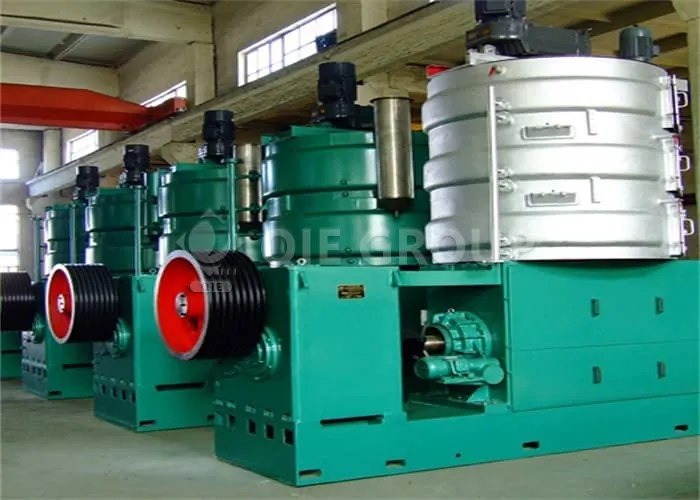During cottonseed oil processing, many users encounter low oil yields from their cottonseed oil press, which not only affects yield but also increases production costs. Low oil yields are often caused by improper raw material handling, equipment condition, or operation. By identifying the root cause and addressing it, you can effectively improve yields. Below, QIE Group provides a detailed analysis of solutions to help you achieve efficient cottonseed oil production.
High-quality cottonseed is essential for ensuring high oil yields. Choosing cottonseed with a high oil content can significantly increase oil yield. Furthermore, ensuring the freshness of the cottonseed is crucial, as stale or damp cottonseed can affect oil quality and yield.
Before entering the oil press, cottonseeds undergo a series of pretreatment steps, including using equipment such as stoners, vibrating screens, and magnetic separators to remove impurities, stones, and dust to minimize the impact of impurities on oil yield and press operation. Shelling machine also effectively removes the outer shell of the cottonseed, minimizing the impact of impurities on oil yield. Softening, flaking, and steaming are also necessary. Softening adjusts the moisture content to enhance plasticity; flaking compresses the cottonseed kernels into thin flakes, disrupting their cell structure and shortening the oil flow path. Steaming is a key step in the cottonseed oil extraction process. Adjusting the temperature and time of steaming can disrupt the cell structure of the cottonseed kernels, promoting oil release. Generally, the steaming temperature should be kept above 70°C, but not too high to prevent coking of the seed germ. Maintaining an appropriate moisture content also helps improve oil yield.
Choosing the right oil press is crucial. There are many different types of oil presses on the market, including screw presses and hydraulic presses. For cottonseed oil extraction, a screw press is generally a better choice due to its high degree of automation, ease of operation, and convenient maintenance. When selecting an oil press, choose the appropriate model and specifications based on your production scale and output requirements. For larger production volumes, a medium-sized unit is best. This way, even if a single unit fails, it won't shut down the entire production line, improving equipment availability and reducing operating costs.

Regular maintenance and care of your oil press is also crucial for increasing oil yield. Check that all components, such as the screw shaft, cage, and gears, are functioning properly to ensure the equipment's efficiency and stability. Clean any debris from the press promptly to prevent blockages that could affect oil production. Also, ensure proper lubrication and cooling of the press to ensure it operates in optimal working condition.
For high-oil-content oilseeds like cottonseed, most oil mills use a pre-pressing extraction method to increase oil yield. This method involves pressing the cleaned oilseed to separate approximately 70% of the oil. The resulting cake is then treated and thoroughly mixed with an organic solvent to extract the remaining oil. This method can reduce the residual oil content in the oilseed to less than 1%, effectively addressing the high residual oil content in press-extracted oil. However, it's important to note that when using solvent extraction, strict safety procedures must be followed to prevent solvent leaks or explosions.











